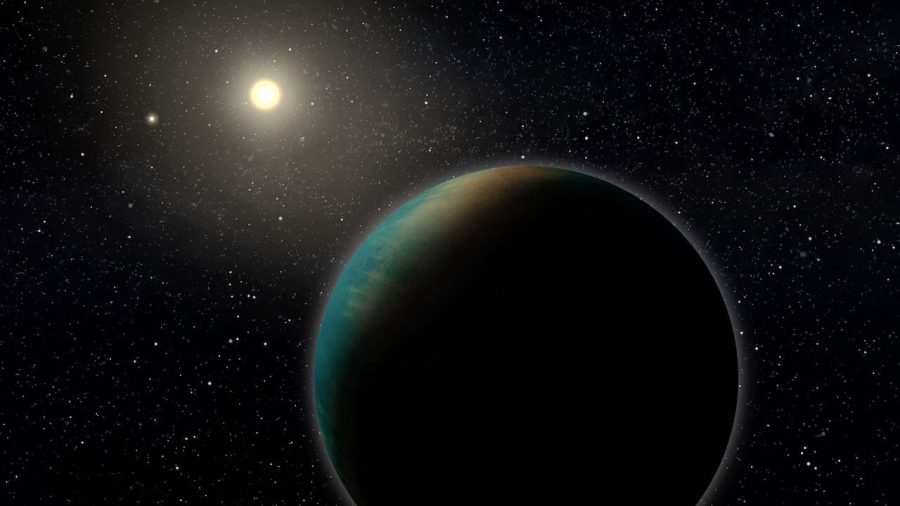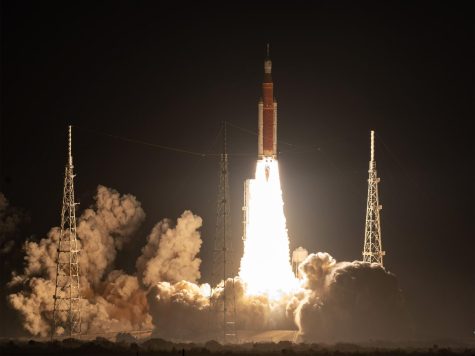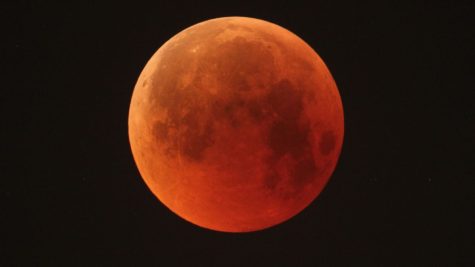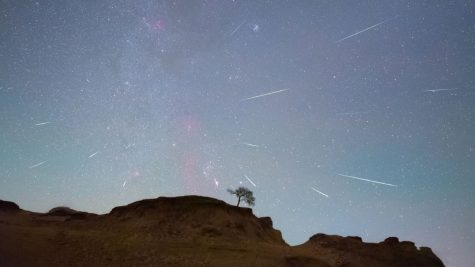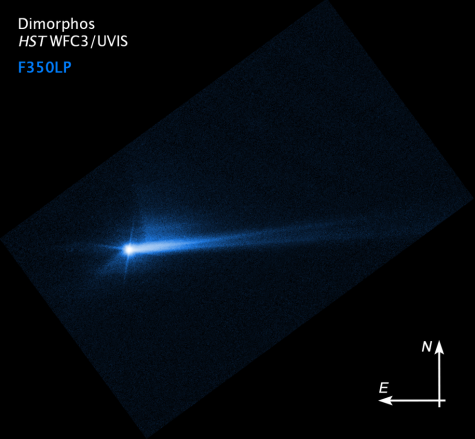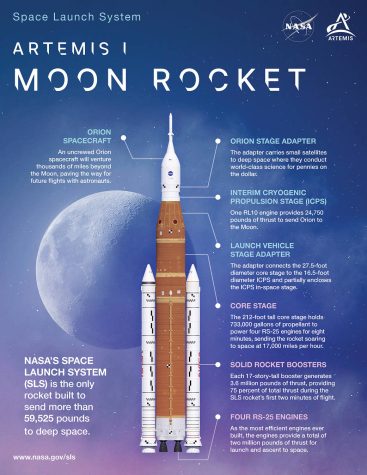New “super-Earth” may be covered in water
A new “super-Earth” named TOI-1452 b was discovered by an international team led by the University of Montreal. Super-Earths are a class of potentially rocky planets larger than Earth but smaller than Neptune. The term itself does not mean something similar to our home planet, however TOI-1452 b may actually be a “water-world.”
Nearly 100 light-years away from us, this exoplanet orbits a red-dwarf star and is 70% larger than Earth and has a mass of 5 times that of our home. This means that if TOI-1452 b does have oceans, they would be extremely deep. According to NASA and a simulation of TOI-1452 b, while Earth’s oceans make up only 1% of its mass, TOI-1452 b’s oceans could make up 30% of its mass.
The length of a year on TOI-1452 b is 11 days due to its close proximity with its star. However, a red-dwarf is smaller and cooler than our Sun, therefore it does not experience uninhabitable light and heat. Therefore, there is a possibility liquid water is present on the exoplanet’s surface.
The James Webb Space Telescope will study TOI-1452 b to uncover its mysteries, hopefully discovering whether or not the planet has water, how much, and in what state of matter.

